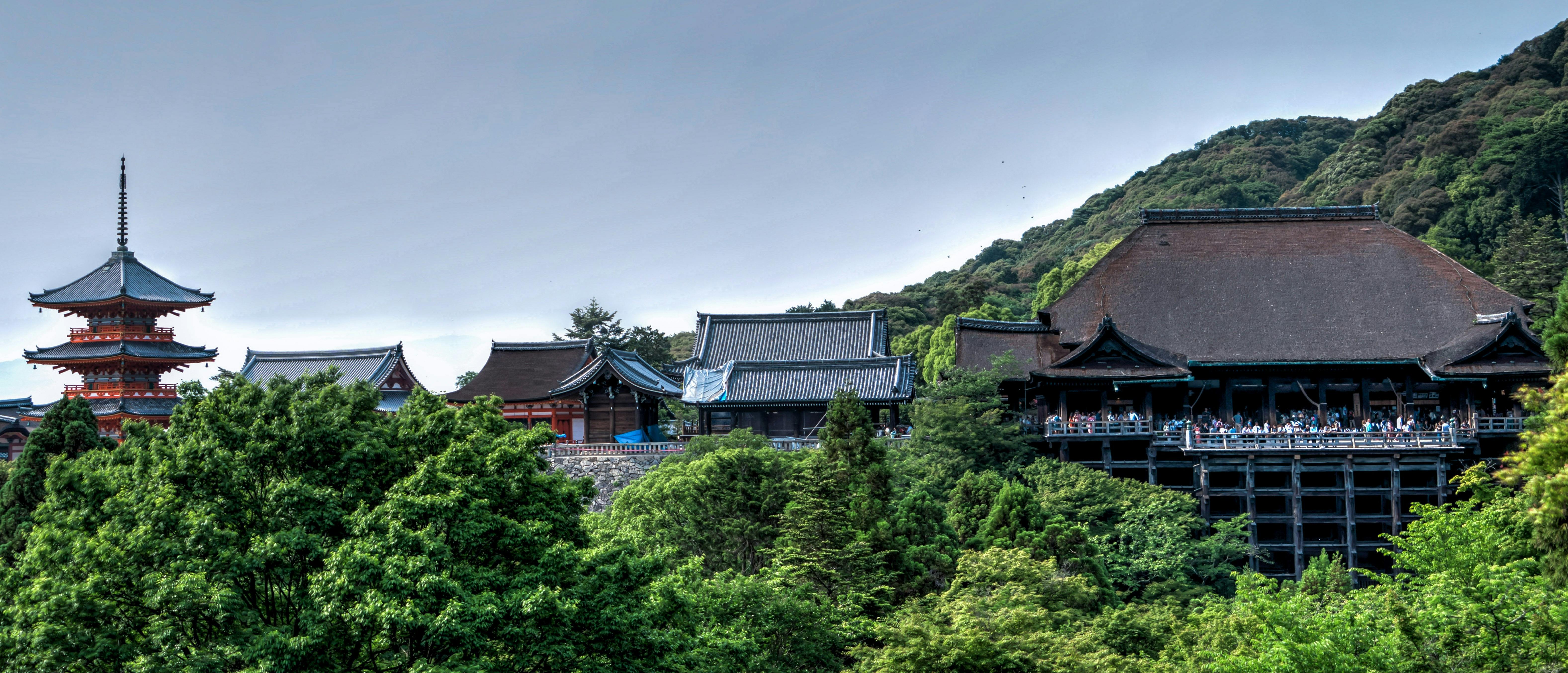The amazing financial growth of East Asia has brought the country’s ethnic cultures to the attention of the world. ” Asian values” proponents assert that they offer a different perspective on global governance from Western political values like democracy, human rights asianbrides.org/hot-and-sexy-asian-women/, and capitalism and are the key to Asian economic success. These assertions are debatable, though. Asian principles, according to critics, rely on basic stereotypes about Asian societies and cultures and support authoritarian regimes. Others have argued that Asiatic beliefs are nothing more than a ruse for authoritarian governments looking to distance themselves from Western influence and control, casting doubt on the validity of Asian socioeconomic growth models.
Hexie, or tranquility, is the foundation of traditional Chinese belief, which values interaction while respecting diversity. They are based on the idea that a dynamic of opposing forces https://www.amazon.com/Online-Dating-Guide-Men-Girlfriend/dp/1796771716 organizes plurality by transforming instability into an equilibrium state, mismatch into balance, and incoordination into coordination. The principles of peaceful coexistence, shared respect for regional conditions and sovereignty, non-interference in one another’s domestic affairs, equality, and reciprocal benefit are all reflected in the diplomacy of China.
Confucian ideas of social order emphasize the value of decency, such as modesty and discretion, helping out neighbors, respecting rituals and social norms, and knowing one’s place and acting accordingly ( inferiors respect superiors. Superiors care for inferiors ). Another factor is loyalty to one’s family and neighborhood. Especially in Cina, where the condition does not offer support services for this charge, these values have a direct effect on intergenerational relationships and how mature children care for their elderly parents.


0 responses on "Interactions in Asia: Balancing Modern and traditionalValues"